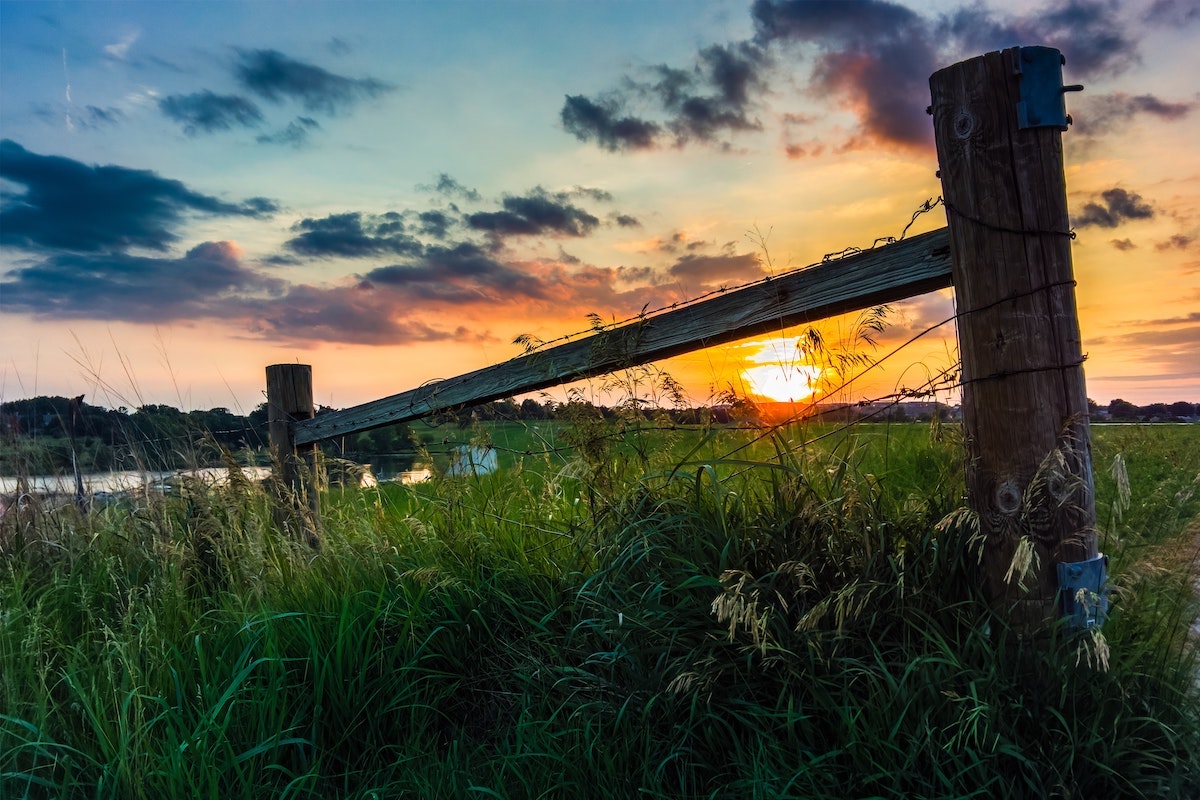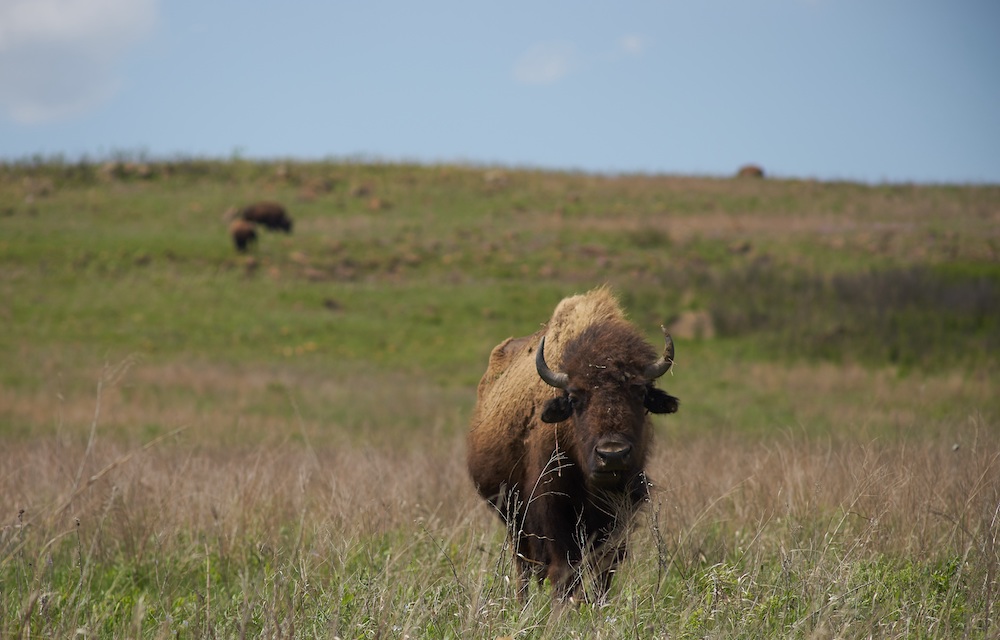
Photo by Jeffrey Hamilton.



Photo by Jeffrey Hamilton.
With a flurry of wings and unearthly whistles, upland sandpipers once rose from the prairie sea on summer mornings. Evening calls marked mid-summer dusk. This crepuscular delight was once part and parcel of the prairie experience. Today, it is a rarity in Illinois.
The upland sandpiper is a shorebird that has lost its shore. In the short span of 150 years, the vast ocean of prairie was reduced to fragments here and there. While some grassland birds have made a comeback with prairie restoration in Illinois, the upland sandpiper is a struggling species. Ecologists hope to reverse the downward trend for this charismatic bird.
You’ll find the upland sandpiper in your field guide along with its close relatives, the curlews and the godwits. The latter are birds that like their feet wet, but the upland sandpiper is decidedly not a wetland bird. It is a quintessential grassland species, favoring short and mid-height vegetation in summer. Pastures are also suitable habitat, especially if there are fenceposts. For “uppies,” a perch-with-a-view and an expanse of grass is quality real estate.

The upland sandpiper, Bartramia longicauda, is a long-legged, long-necked, and somewhat long-tailed bird. (The tail gives it the specific epithet, longicauda, meaning long tail.) Some have described it as elegant and graceful; others have said that it is a skinny, pin-headed bird with a potbelly. Take your pick. The small, round head suggests a mourning dove. White eye rings encircle the large eyes. From above, the plumage is mottled with golden brown and black, and small chevrons mark the breast and sides. From below, the belly and throat are white. Perfect markings for its grassland habitat.
The upland sandpiper has elicited emotion and inspired prose for many who have been in its presence. “Whoever invented the word ‘grace’ must have seen the wing-folding of the plover,” wrote conservationist Aldo Leopold in his classic A Sand County Almanac. (The upland sandpiper was formerly known as the Upland Plover.)
The signature song of the upland sandpiper begins with a gurgling lead in, followed by a clarion whistle, sliding up, and then down. “Ethereal,” “ghostly” and “somber” are but a few of the adjectives used to describe the sound. A birdwatching friend told me that it is more than a sound, it is an experience—one of those “You have to be there” kind of things. But the next best thing to being there is a good recording. Give this a listen: https://www.allaboutbirds.org/guide/Upland_Sandpiper/sounds.
For Leopold, the song was a reliable mark of the seasons. In May, he wrote, it was “the final proof of spring,” and the nightly calls in August were “whistled reminders of impending fall.”
A long-distance migrant, the upland sandpiper doesn’t dawdle long in its breeding grounds. The birds are restless in late July, preparing for their flight to South America. Travelling some four to six thousand miles over the course of seven days (sometimes non-stop!), upland sandpipers reach wintering grounds ranging from Brazil to Argentina. By February, upland sandpipers are gearing up for the return flight north.
The numbers of upland sandpipers making this journey plummeted in the late 19th century. Birds returning to the northern breeding grounds were met with volleys of gunfire during the free-for-all of unregulated hunting. Conservation laws enacted in the early 1900s put a stop to the slaughter, but the upland sandpiper (and many other species) faced disappearing habitat. Prairie and pastureland have given way to row-crops.
Restoration and re-creation of prairie habitat in Illinois began in earnest in the 1970s, when less than one-tenth of one percent of the original prairie remained in the Prairie State. Much emphasis was placed on tallgrass prairie, with graceful, towering grasses and sentinel forbs. Indeed, these lush grasslands defined much of the Illinois landscape. But prairie is not a one-size-fits-all ecosystem. A host of species, including the upland sandpiper, require a mixture of short to mid-height prairie habitat. In ecological shoptalk, this is called habitat heterogeneity.
Jim Herkert, Executive Director of the Illinois Audubon Society and grassland bird expert, explained, “There are three keys to breeding habitat for upland sandpipers. They need heterogenous grasslands. They like short (< 12 inch) grass for foraging. They nest in grass that is 4 to 24 inches high and rear their broods in vegetation that is less than 6 inches in height. They also tend to require large grassland areas … that are ‘open’ with broad horizons.”
Grazing, whether by bison or cattle, keeps grasslands in prime shape for upland sandpiper. Today, grazing is a management tool used in prairie restoration at many sites in Illinois, including Midewin National Tallgrass Prairie and Nachusa Grasslands.

The upland sandpiper, like so many avian species, is a bird of the hemisphere, not just North America. Land use in wintering grounds impacts the success of the species as much as that in breeding grounds. The loss of llanos, pampas and pasture in South America is every bit as impactful as the loss of grassland here.
“Habitat on both continents is important,” Herkert emphasized. “We need to find the resources to provide both breeding and winter habitat.” He also noted that migration routes are significant in upland sandpiper conservation. Trans-continental travel is perilous, and many birds do not reach their destinations. Light pollution is an ongoing hazard for migrating birds of all species. More information is needed about the upland sandpiper in migration to address these unique challenges.
What does the future look like for the upland sandpiper in Illinois? As a state-endangered bird, and a Species of Greatest Conservation Need according to the Illinois Wildlife Action Plan, it receives both priority in natural areas management plans and legal protection. The challenges ahead are preserving and restoring the mixed-grass habitat that this shorebird needs. Grazing as a management tool is increasingly important. Climate change is the wild card in the game, and the future is uncertain. Whether the upland sandpiper has the resiliency to hold on during these changes is yet to be seen. As Emily Dickinson wrote, “Hope is the thing with feathers.” It is my hope that we all will have the chance to hear the sublime song of the upland sandpiper on a dawn-kissed prairie.
Valerie Blaine has worked as a naturalist for more than 40 years, from the prairies and woodlands of Illinois to the shores of the San Francisco Bay. She earned a master’s degree in forestry and a bachelor’s degree in botany from the University of Illinois. Blaine retired as the Nature Programs Manager for the Forest Preserve District of Kane County.
Submit a question for the author